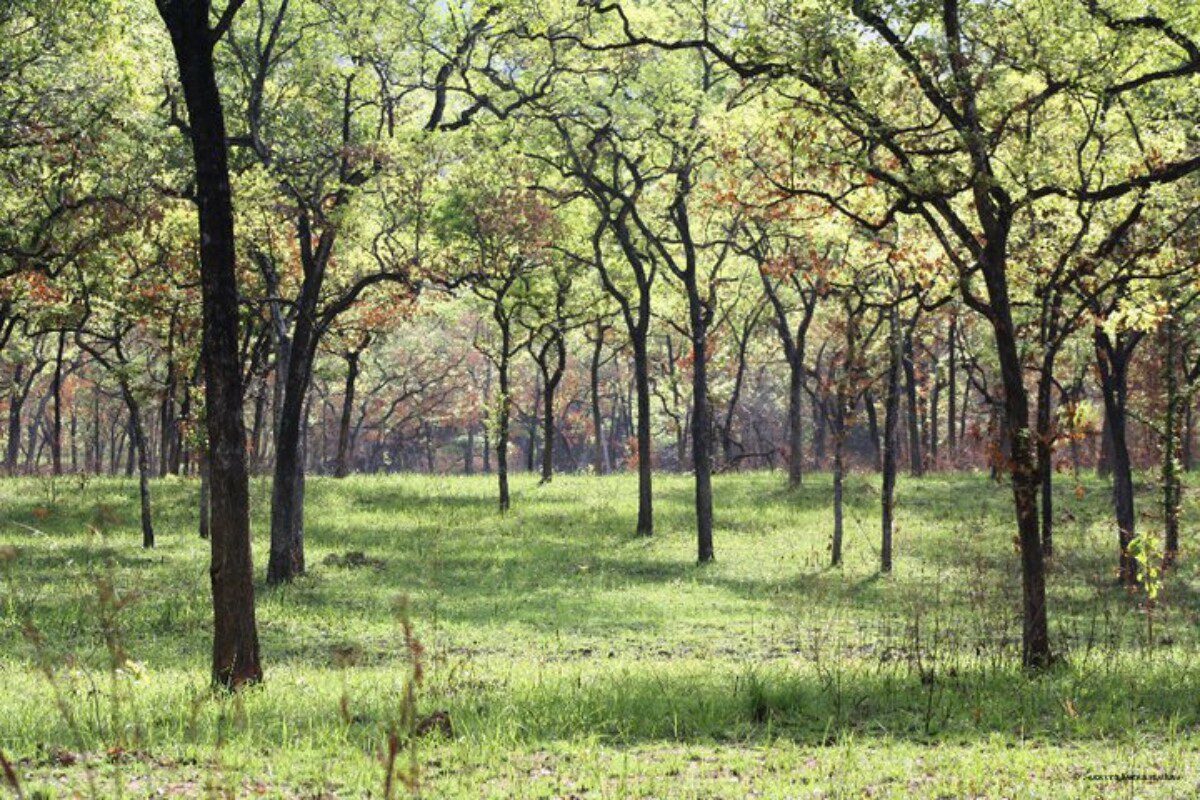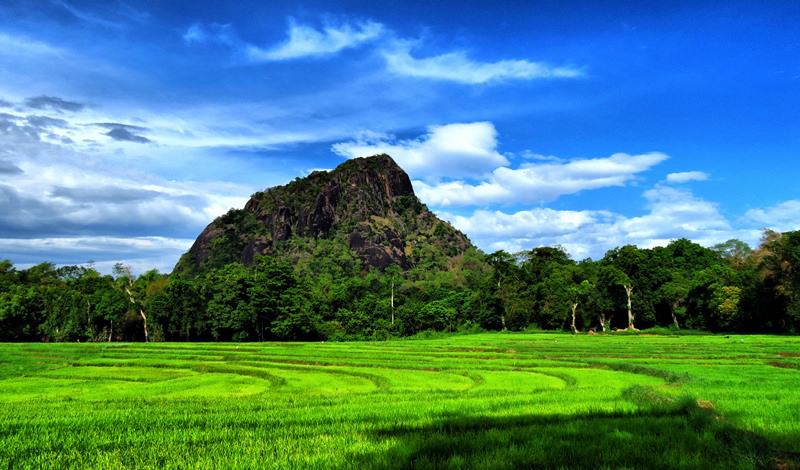
Protection of Sri Lanka’s Unique Nilgala Savanna: Largest Intact Ecosystem Now a Forest Reserve

At dawn on June 2, 2025, Sri Lanka took a landmark step in conservation history by officially designating the vast Nilgala landscape as a protected forest reserve. Spanning approximately 40,000 hectares (100,000 acres), this declaration marks Nilgala as the country’s largest intact savanna ecosystem. It combines diverse habitats—dry evergreen forests, grasslands, sacred sites, and granite hillocks—supporting extraordinary biodiversity and deep cultural significance rooted in the heritage of the Vedda indigenous people.
In this SEO-optimized deep dive, we explore Nilgala’s ecological richness, its cultural and spiritual importance, the story behind its protection, and the conservation challenges that lie ahead.
Nilgala’s landscape is a mosaic of:
Among Nilgala’s most special inhabitants are gecko species found nowhere else:
Nilgala hosts Cnemaspis nilgala in a highly restricted range across six rocky locations spanning about 40 km² :contentReference[oaicite:4]{index=4}. It shares habitat with other micro-endemic geckos, bats, amphibians, and a striking reptile community adapted to the forest-savanna gradient.
Nilgala is also home to plants historically revered in Ayurvedic medicine—including some once used in royal confections—woven into local spiritual practices :contentReference[oaicite:5]{index=5}.
The ancient Vedda community regards Nilgala not merely as land but as the sacred dwelling place of their ancestors.
“To the Vedda community, Nilgala is not just a forest, but a sacred living space where the spirits of our ancestors dwell.” – Suda Vanniyalaathto, Vedda clan chief :contentReference[oaicite:6]{index=6}
During the proclamation on June 2, Vedda performers danced the Kiri Koraha dance, honoring the forest guardians in a spiritually resonant ceremony :contentReference[oaicite:7]{index=7}. This deep cultural bond shaped decades of conservation efforts alongside environmental NGO campaigns.
In 2014, as the threat of large-scale plantations emerged, Buddhist monks—supported by NGOs like the Centre for Environmental Justice—ordained over 1,000 trees in Nilgala. Enrobed in saffron, these trees were spiritually protected from being cut, a powerful act of ecological resistance :contentReference[oaicite:8]{index=8}.
Since then, local Vedda guardians and community-based forest committees have acted as first responders to illegal logging, fire, and land grabbing—forming the backbone of on-the-ground protection :contentReference[oaicite:9]{index=9}.
Timed with World Environment Day and Sri Lanka’s National Environment Week, the formal declaration at Ratugala Indigenous Heritage Centre was led by Minister of Environment Dr. Damitha Pathabendhi (Hettiarachchi) :contentReference[oaicite:10]{index=10}. Government announcements confirmed the reserve covers ~40,683 ha—validated by Mongabay and local press :contentReference[oaicite:11]{index=11}.
Despite the protected status, Nilgala still faces:
Nilgala’s protection complements Sri Lanka’s national biodiversity strategies aimed at conserving diverse ecosystems, especially in the dry and intermediate zones. It connects with:
Nilgala’s designation as a protected forest reserve is a rare convergence of science, spirituality, indigenous rights, and grassroots activism. As Sri Lanka steps into its role as steward of this one-of-a-kind savanna forest, the next phase demands thoughtful management, community empowerment, and ecological vigilance. It stands as a living testament: when nature, culture, and community unite toward conservation, tangible protection—rooted in respect—can be achieved.
Thanks for reading .for more news please visit our website: africapulsemedia.com
published on Mongabay